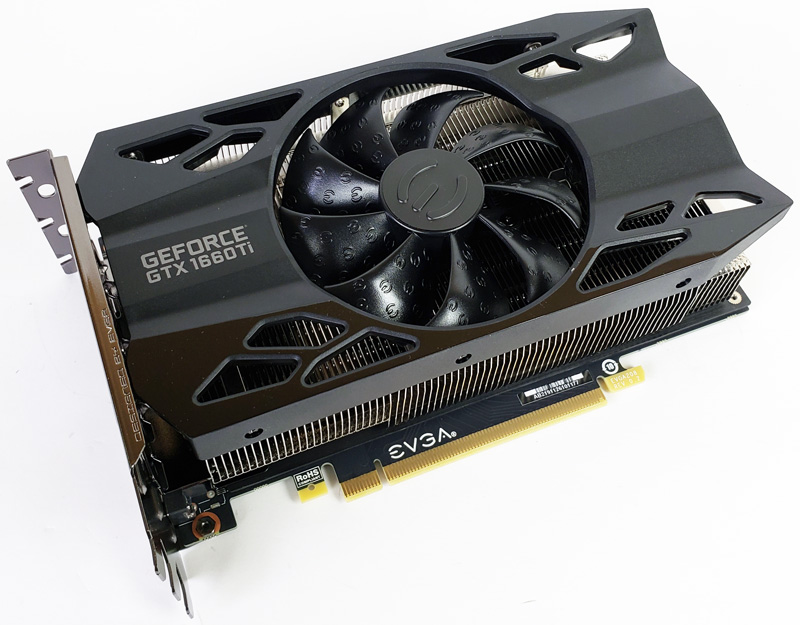

More importantly, this allows us to start pinpointing the reason for performance uplift, rather than just saying there is performance uplift. This includes 4K, 1440p, and 1080p, which allows us to determine GPU scalability across multiple monitor types. We are also testing most games at all three popular resolutions – at least, we are for the high-end. Game graphics settings are defined in their respective charts. Longevity: Regardless of popularity, how long can we reasonably expect that a game will go without updates? Updating games can hurt comparative data from past tests, which impacts our ability to cross-compare new data and old, as old data may no longer be comparable post-patch.Popularity: Is it something people actually play?.We will include more Vulkan API testing as more games ship with Vulkan API: We have chosen a select group of DirectX 11 and DirectX 12 API integrations, as these are the most prevalent at this time.Unreal Engine), we can ensure that we are representing a wide sweep of games that just use the built-in engine-level optimizations By choosing one game from each major engine (e.g. Game Engine: Most games run on the same group of popular engines.In order to better optimize our time available and test “smarter” (rather than “more,” which was one of our previous goals), we have selected games based upon the following criteria: Our games selection is a careful one: Time is finite, and having analyzed our previous testing methodologies, we identified shortcomings where we were ultimately wasting time by testing too many games that didn’t provide meaningfully different data from our other tested titles. Most notably, we have overhauled the host test bench and had updated with new games.
EVGA 1660 TI SERIES
Testing methodology has completely changed from our last GPU reviews, which were probably for the GTX 1070 Ti series cards. Other improvements also move over, like the NVENC increase in decoding capabilities and bitrate savings. The memory moves to a significantly faster GDDR6 platform from GDDR5, with the native speed at 12Gbps for TU116 cards. The 1660 Ti ends up with several of Turing’s architectural changes, like the integer pipeline changes that we discussed in an interview with NVIDIA at CES, but also axes the RT cores and tensor cores to reduce cost and offer a non-RTX product. FP16 is also known as “half-precision,” and shouldn’t be used for things like hitbox calculation or accurate physics simulation, but would theoretically be fine for less sensitive effects. We have not yet independently validated this fact, but NVIDIA notes that FP16 is getting adoption in games like Far Cry, where NVIDIA notes that water simulation uses FP16. INT32 processing can now be done in parallel to FP32, which has proven beneficial in games with heavier compute workloads (like Wolfenstein 2 or Sniper Elite 4), as opposed to the 10-series and its preference to instead interrupt the pipeline with each INT instruction. This SM block diagram better illustrates the changes to SM layout in Turing, where we now see FP32 lanes alongside INT32 and FP16. That’s not to downplay the obvious increase in all the specs, but to highlight that comparing the single number of SM count is non-linear. If you were to just look at a spec sheet, the 1660 Ti has more than two times the SM count over the 1060, but keep in mind that Turing changed the layout such that each SM now carries half of the CUDA cores as before, moving from 128 per SM to 64 per SM. So we ultimately settled on 1660 Ti instead of 1160 Ti. In fact just like you said, it performs closest to the GTX 1070, beating it in some games and losing some others. And as you see, performance is closer to the GeForce RTX 2060 than it is to the GeForce GTX 1060. TU116 has most of the Turing architecture features, including the new dedicated cores for INT32 and FP16 operations, and it also has all of the new Turing shading features, including variable rate shading and mesh shading. “As far as naming goes, and why 16 series instead of just using 11? Quite simply, we felt that from an overall architecture and performance perspective, TU116 is closer to the other TU10x parts than it is to prior generation GP10x. We decided to ask NVIDIA why it chose to start a “16” series rather than make an 1160 Ti, to which NVIDIA answered: We sincerely doubted that this would be the final name of the product and, clearly, turned out wrong. This doesn’t really deserve too much of an answer, as it is ultimately just a name, but it’s completely fair to say that the enthusiast community has made fun of the “1660 Ti” name ever since it first sprung-up.


 0 kommentar(er)
0 kommentar(er)
